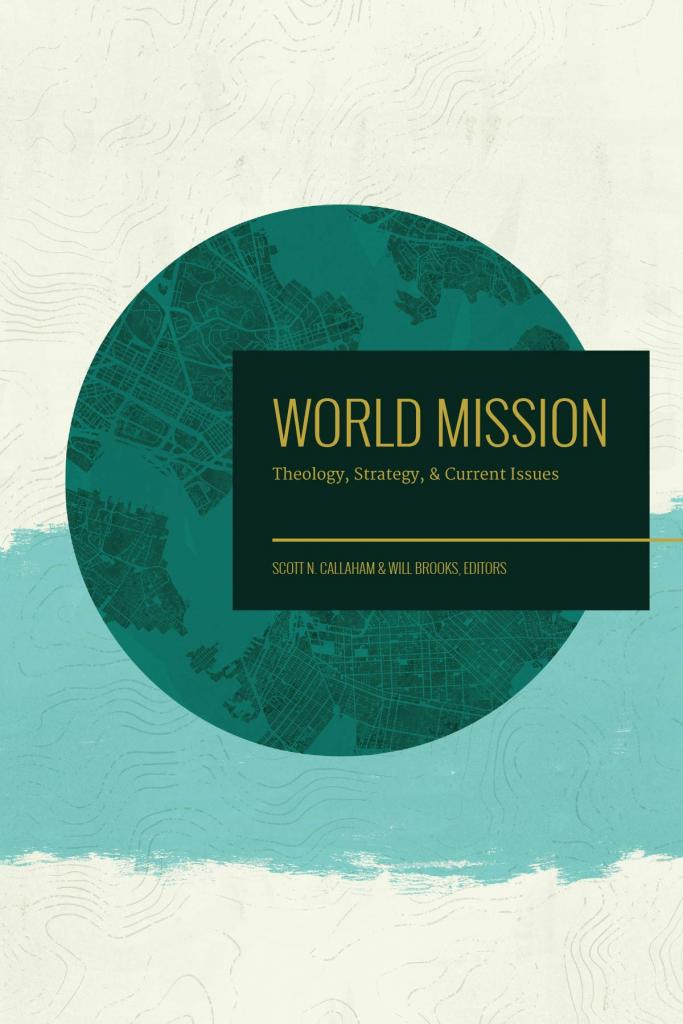 Jesus says one sin is unforgivable— blasphemy against the Holy Spirit (Matt 12:31-32, Mark 3:28-30, Luke 12:10). In general, commentators are left guessing what Jesus means. No one wants to say that Jesus won’t forgive certain sins, especially when people are not sure what counts as blasphemy against the Holy Spirit.
Jesus says one sin is unforgivable— blasphemy against the Holy Spirit (Matt 12:31-32, Mark 3:28-30, Luke 12:10). In general, commentators are left guessing what Jesus means. No one wants to say that Jesus won’t forgive certain sins, especially when people are not sure what counts as blasphemy against the Holy Spirit.
Scott Callaham’s recent article (“Blasphemy against the Holy Spirit: Rejecting the Sign of the Covenant”) not only sheds light on the answer but also has significant implications for understanding baptism and covenants. While a lot of biblical scholarship does not say much that is “new” or is not far-reaching in its theological implications, that cannot be said of Scott’s article.
Click here for a PDF.
Baptism is Not the Sign of the New Covenant
Many Christians assume that baptism is the sign of the new covenant. This assumption is the basis for the teaching in numerous articles and books about baptism (especially infant baptism).
In Scott’s article, he begins by examining the relationship between signs and biblical covenants, establishing criteria that distinguish such signs.[1] This information is most explicitly highlighted in the Abrahamic (circumcision) and Noahic covenants (rainbow), though they are present in other major covenants. He argues convincingly that the sign of the Mosaic (Sinaitic) covenant is the Sabbath; a throne is the sign of God’s covenant with David.
What about the New Covenant? Theologians most commonly assert that baptism is the New Covenant sign, even though no sign is explicitly called such. Rather than depend on a sheer assumption, Callaham looks for the criteria of covenant signs, which he identified in his study of the four covenants above.
What emerges as the sign of the New Covenant? Not baptism. Instead, it’s the Holy Spirit. Thus,
The placement of the Spirit of Yahweh “upon” (Isa 59:21) or “within” (Ezek 36:26) the people bears resemblance to the concept of a covenant sign placed between covenant parties. This deployment of the Spirit is “eternal,” and furthermore enables knowing Yahweh to a depth not possible before, hence serving a mnemonic function much like other covenant signs.
How does this connect to the unforgivable sin?
What is the Unforgivable Sin?
Why are covenant signs so significant? Callaham explains,
“the covenant sign of each major biblical covenant– including the New Covenant – is essential to the establishment and continuance of each covenant. Repudiating the covenant sign means radically forsaking covenant, which decisively rules out access to the forgiveness one might otherwise receive within covenant relationship.”[2]
Putting this all together, we arrive at the article’s central thesis: “blasphemy against the Holy Spirit, at its root, entails rejecting the sign of the New Covenant.”
Defiling the Sabbath was a “high-handed” sin under the Mosaic covenant, “a public display of contempt toward Yahweh and the terms of relationship with him.” To reject the sign entailed cutting oneself off from the Lord, “the quintessence of unforgivable sin.”
In the same way, rejecting the Holy Spirit indicates one’s refusal to belong to the New Covenant. This action de facto cuts a person off from fellowship with God.
The Final Linchpin for Infant Baptism?
At one level, Scott’s article deals with the “unforgivable sin” question. At the same time, however, Callaham is doing something at a deeper level. He fundamentally undermines the foundational parallel that grounds most theological arguments for infant baptism.
Firstly, he notes that the Sabbath is the covenant sign for the Mosaic/Sinaitic covenant (not circumcision). Second, if baptism is not the sign of the New Covenant, then arguments that analogize baptism and circumcision begin to crumble. Accordingly, some people need to reconsider who belongs to the new covenant community. Given the sign, it is only those who have the Spirit, who have been given new hearts and are forgiven their sin (Jer 31:31-34; Ezek 36:26-27).
More can be said and should be said, but for now, that’s enough food for thought.
[1] What do these signs do? He says: Covenant signs carry out mnemonic functions, reminding at least one covenant party of the covenant. The presence of covenant signs attests to the “everlasting” or enduring nature of the covenants, and the absence of the signs leads to the fate of people being “cut off.”
[2] Similarly, he says: the understanding that the Holy Spirit is the sign of the New Covenant. The presence of the Holy Spirit is positive proof that the New Covenant is active. Negatively speaking, the absence (here, conclusive rejection through “blasphemy”) of the Spirit results in a grave covenantal penalty: people are “cut off.”













